Tantalum Capacitor
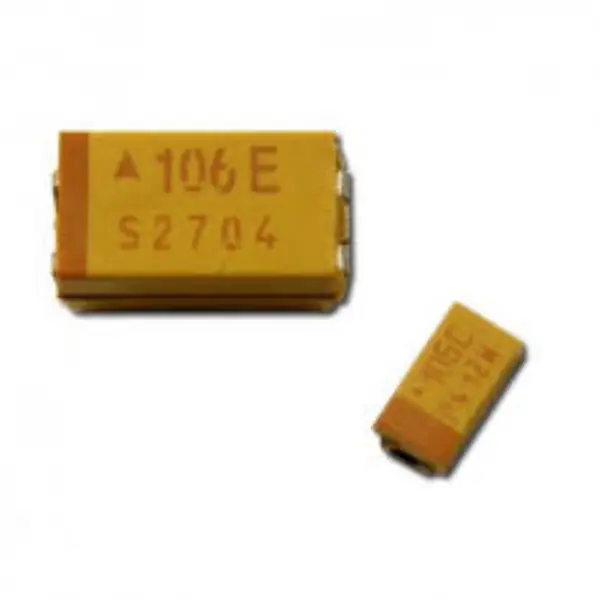
10uF 16V Tantalum Capacitor
The 10uF 16V tantalum capacitor is a compact, high-efficiency capacitor known for its reliable performance and stability. Made with high-quality tantalum powder, it provides high capacitance in a small size, making it ideal for compact electronic devices like smartphones, computers, and automotive electronics. With its low equivalent series resistance (ESR), this capacitor ensures minimal power loss and heat generation, extending device longevity. This capacitor is also polarized, so the correct polarity must be observed for safe operation. It’s ideal for circuits requiring stable and reliable performance over time.
100uF 35V Tantalum Capacitor
This 100uF 35V tantalum capacitor offers high capacitance in a small form factor, making it well-suited for energy storage in compact electronic applications. With its low ESR, it efficiently reduces heat and power loss, ensuring reliable, long-term operation. The 35V voltage rating makes it ideal for moderate power applications, commonly used in audio equipment, medical devices, and automotive systems. Its excellent frequency stability under varying temperatures ensures consistent performance in demanding conditions. Like most tantalum capacitors, it’s polarized and must be installed with attention to polarity.
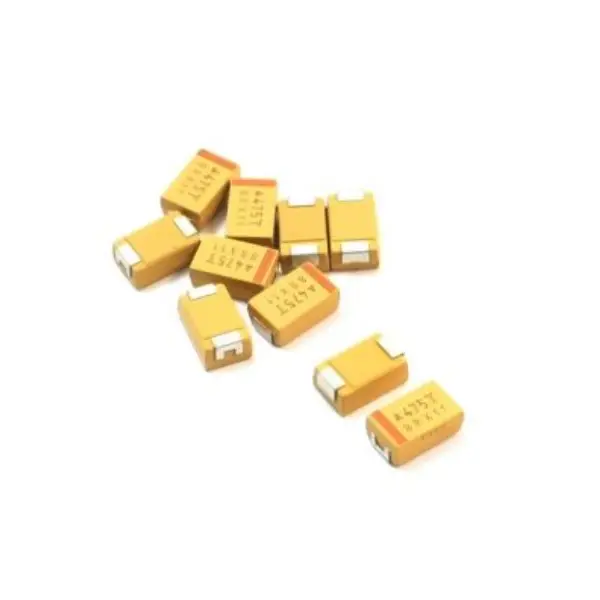
47uF 16V Tantalum Capacitor
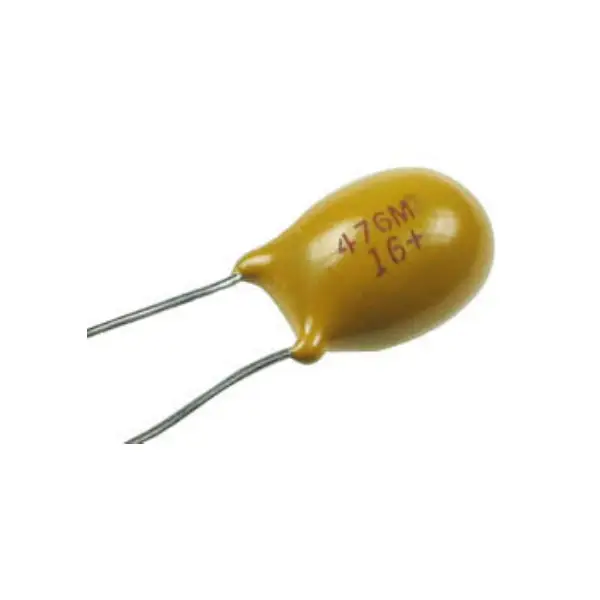
SMD Tantalum Capacitor
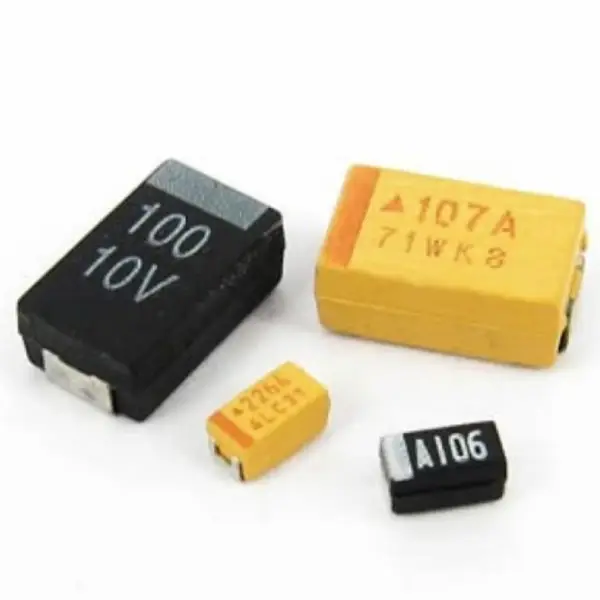
1000uF Tantalum Capacitor
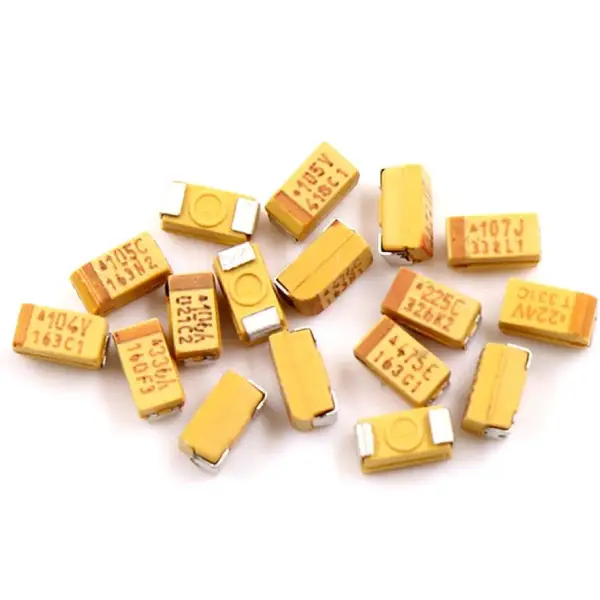
220uF Tantalum Capacitor
Reliable and compact, this 220uF capacitor offers efficient power handling for applications requiring stable filtering, like audio and power systems. Its low ESR reduces energy waste and overheating, increasing durability. Used in compact devices, it’s polarized to ensure correct setup and consistent, long-lasting performance.
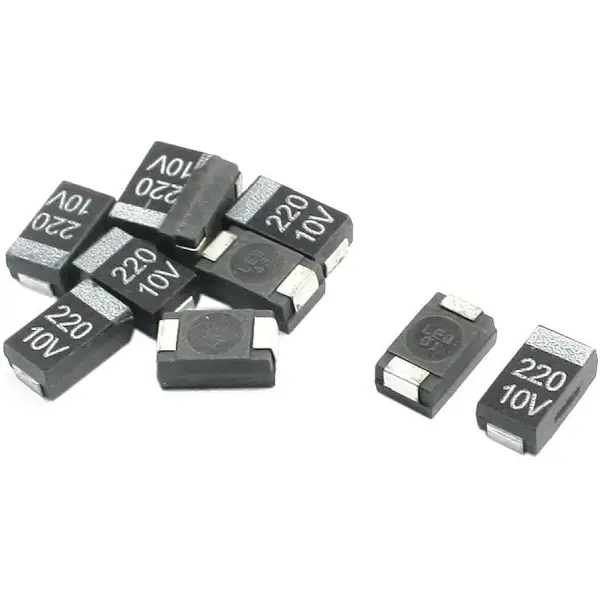
Tantalum Capacitor Kit
A tantalum capacitor kit is a versatile collection that includes capacitors of various capacitance values, offering users flexibility for multiple circuit applications. Ideal for DIY electronics, repairs, and professional prototyping, these kits often contain a range of capacitances from low (1uF) to high (1000uF) in compact sizes. Each capacitor is polarized and marked for easy identification, ensuring correct installation. This assortment is suitable for anyone working with circuits in audio, power supply, and signal processing, providing reliable components for efficient and stable circuit design.
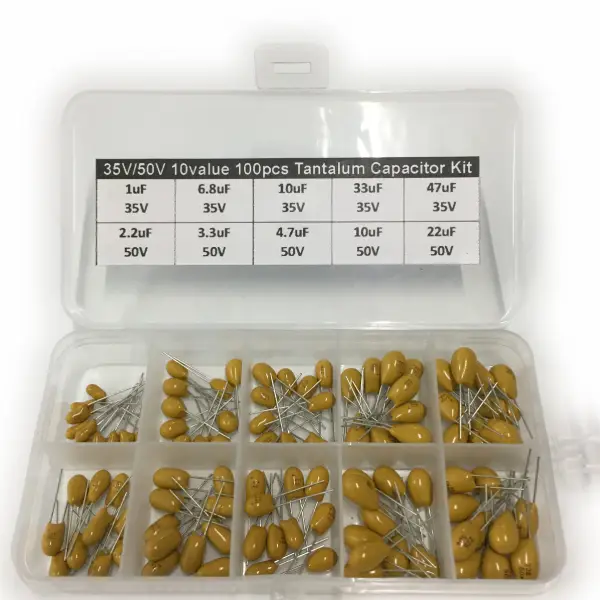
High Voltage Tantalum Capacitor
High-voltage tantalum capacitors are designed to handle higher voltage applications, making them suitable for power supply circuits, automotive systems, and industrial equipment. These capacitors offer excellent stability and low ESR, ensuring minimal energy loss and heat generation even under demanding conditions. Available in various capacitance values, they provide efficient energy storage for circuits requiring both reliability and durability. High-voltage tantalum capacitors are polarized, so attention to correct polarity is crucial. These components are a preferred choice for engineers needing reliable high-voltage solutions.
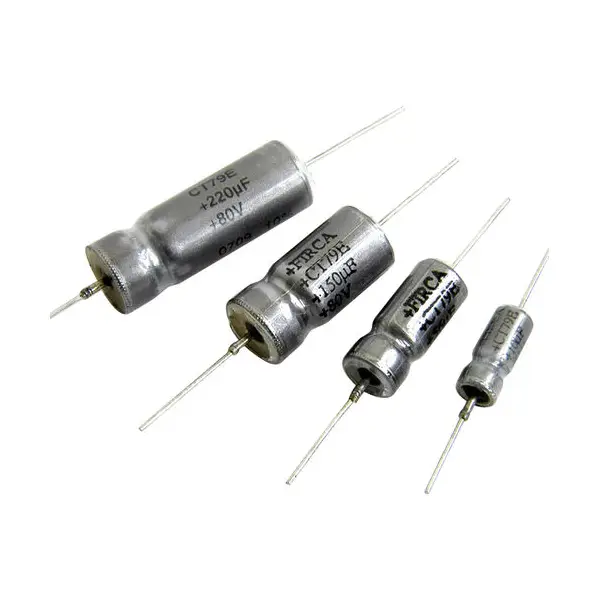
Radial Tantalum Capacitor
Radial tantalum capacitors feature leads extending from the same side, making them easy to mount on through-hole printed circuit boards. Known for their compact size and stable performance, these capacitors are widely used in power supply circuits, telecommunications equipment, and automotive electronics. With low ESR and excellent frequency stability, they reduce energy loss and heat while delivering consistent performance. Radial tantalum capacitors are polarized, requiring correct installation orientation. Their design makes them ideal for both high-density applications and traditional circuit boards.
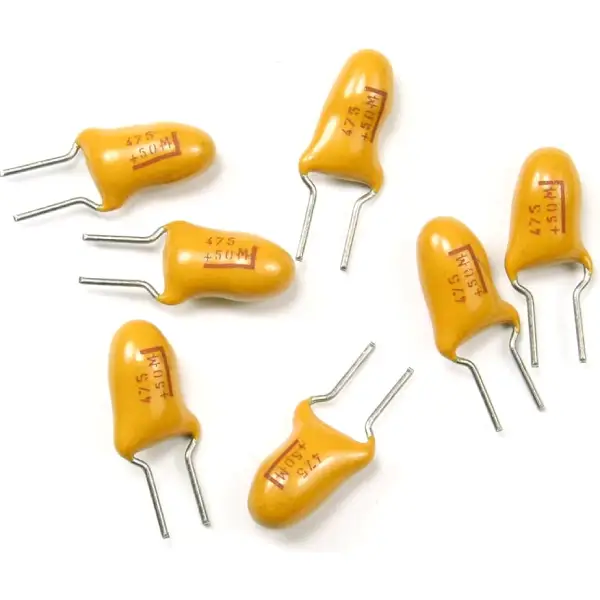
Tantalum Capacitor Applications
Mobile Devices:
Tantalum capacitors’ small size and high capacitance make them ideal for smartphones, tablets, and laptops, where space is limited but stable energy storage is crucial, supporting battery efficiency and device reliability.
Medical Equipment:
Medical devices like pacemakers and imaging equipment rely on tantalum capacitors for high reliability and low leakage. Their stable power delivery is critical in life-support systems and precise diagnostic tools where consistency is essential.
Automotive Electronics:
In vehicles, tantalum capacitors provide stable performance under high temperatures and vibrations. They’re used in sensors, control systems, and power circuits to ensure efficient, dependable operations in harsh conditions.
Telecommunications:
Tantalum capacitors support stable frequency responses in telecommunications devices, including routers and network switches, ensuring clear signal transmission and reliable connectivity in high-speed, continuous-operation environments.
Tantalum Capacitor FAQs
What is the difference between a tantalum capacitor and an electrolytic capacitor?
Tantalum capacitors and electrolytic capacitors differ in size, reliability, and ESR (Equivalent Series Resistance). Tantalum capacitors typically have lower ESR, making them more efficient and stable in high-temperature environments.
Are tantalum capacitors polarized, and how can you tell?
Yes, tantalum capacitors are polarized. Typically, a polarity marking (often a plus sign) indicates the positive side. Correct orientation is crucial for these capacitors to function safely and reliably.
What applications are 10uF 16V and 100uF 35V tantalum capacitors used for?
A 10uF 16V tantalum capacitor is often used in mobile devices and portable electronics for efficient energy storage, while a 100uF 35V capacitor is ideal for higher power applications, like automotive electronics and audio circuits.
How do I identify the markings on an SMD tantalum capacitor?
SMD tantalum capacitors use alphanumeric codes to indicate capacitance and voltage. Codes like “104” represent capacitance in picofarads, where the last digit shows the multiplier (104 = 100,000 pF or 0.1uF). Tools like capacitor code calculators or reference charts can help decode these markings accurately.
Can I replace a tantalum capacitor with an electrolytic capacitor?
While possible, replacing a tantalum capacitor with an electrolytic capacitor is not always ideal. Electrolytic capacitors have higher ESR and are generally bulkier, which may impact performance, especially in high-frequency circuits or space-restricted designs where tantalum’s compact size and efficiency are critical.
What are the advantages of using a high-voltage tantalum capacitor?
High-voltage tantalum capacitors offer robust stability and low ESR, making them well-suited for demanding applications, such as power supplies, automotive electronics, and telecommunications. These capacitors handle high voltage levels consistently, reducing energy losses and ensuring reliable performance under extreme conditions.
What does “ESR” mean in tantalum capacitors, and why is it important?
ESR, or Equivalent Series Resistance, measures energy loss within a capacitor. Low ESR in tantalum capacitors minimizes energy wastage and heat production, leading to greater efficiency and longevity for both the capacitor and the overall circuit, especially under high-frequency or power-demanding conditions.
Why are tantalum capacitors common in audio circuits?
Tantalum capacitors are valued in audio applications for their stability, low leakage, and compact size. These attributes enhance audio quality by providing stable frequency response and consistent performance, making them ideal for signal processing and filtering applications in amplifiers, mixers, and other audio equipment.
How do I choose between a solid and a wet tantalum capacitor?
Solid tantalum capacitors are compact and reliable, suitable for most consumer electronics. Wet tantalum capacitors, however, offer a broader operating voltage and greater durability, making them the preferred choice in aerospace, defense, and high-reliability applications where stability and long life are paramount.
What do codes like “104,” “105,” or “106” mean on a tantalum capacitor?
Tantalum capacitor codes represent capacitance in picofarads. For example, “104” means 100,000 pF (or 0.1uF) based on a multiplier system. Identifying these codes is essential for proper selection and can be done using a capacitor code calculator or chart, ensuring compatibility with the device’s requirements.